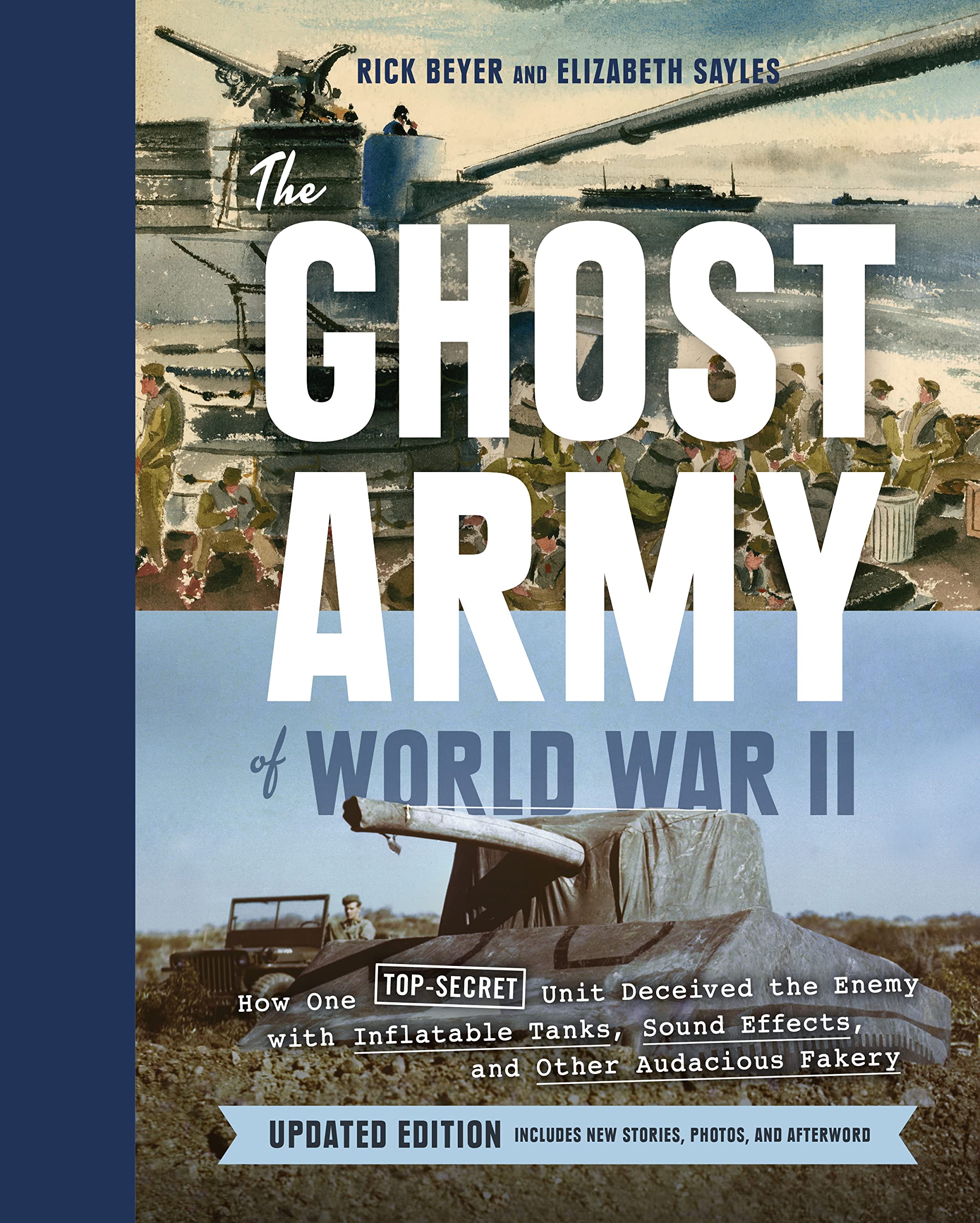What do you think?
Rate this book


269 pages, Kindle Edition
First published April 7, 2015
"In this fascinating dual biography, Beyer brings these two towering figures to vivid life on the page." --New York Times bestselling author Hampton Sides.Beyer is the co-author (with Elizabeth Sayles Sayles) of the New York Times bestseller The Ghost Army of World War II How One Top-Secret Unit Deceived the Enemy with Inflatable Tanks Sound Effects and Other Audacious Fakery. Beyer has spent nearly a decade researching this story. His award-winning documentary film about the unit, The Ghost Army premiered on PBS in 2013. The San Francisco Chronicle called the film “mesmerizing,” while TV Guide referred to it as “entrancing.”